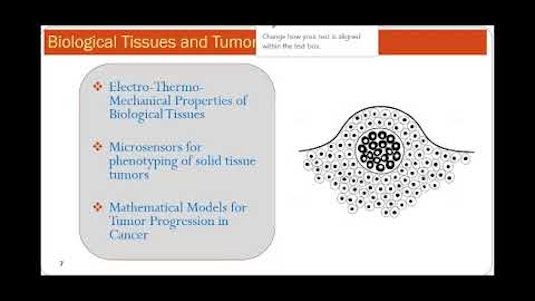
Description
Welcome to this Blockchain Essentials course. Blockchain has become a buzzword throughout the decade and has enticed many computer, math, and business enthusiasts, as well as the general public. Most people have heard about it because of the cryptocurrency Bitcoin. Blockchain is a revolutionary technology that has offered the world a new way of performing transactions of assets (not just money) of various kinds. It has also given us a new perspective on how to resolve certain issues related to these transactions, and how to implement different principles. If you wish to learn, in-depth, the mechanics behind blockchain, to understand the protocols it uses, and to explore its many applications, then this is the course for you. You will be given a thorough introduction to what blockchain really is and what is important to know in order to grasp it. You will learn what mathematics is behind it and what kind of algorithms and protocols can be used to implement a blockchain of some kind. There are a lot of them!If we retrace some of the events that lead to the creation of blockchain, we can go all the way back to 1962 when Paul Baran wrote a paper about distributed communications networks. In 1982, an interesting thought problem was posed called the Byzantine Generals Problem. It looked for a practical way of achieving communication and consensus between entities despite the existence of attackers or faulty entities. A solution was given in 1999 with the formulation of the Practical Byzantine Fault Tolerance (PBFT) algorithm. Then, in 2009, the first-ever implementation of the algorithm was given in the form of the Bitcoin blockchain.We will start the course off with the basics: the concept of blockchain and the important terminology you need to comprehend in order to really understand what we are talking about. One way we can define a blockchain is by saying that it is a decentralized mechanism that establishes a consensus for past and current transactions divided into blocks. From a developer’s perspective, we can say that a blockchain is a type of data structure. Later, we will dig deep into the underlying architecture of blockchains, and the many consensus mechanisms that can be used to run a blockchain. Be prepared to get into the mathematics of how hashing algorithms work and what they are based on. Prime numbers play an important role in the blockchain world. There will be individual sections dedicated to these consensus mechanisms and mathematical principles. We will also examine the structure of the Bitcoin and Ethereum blockchains so that we can learn their fundamental similarities and differences. As the course progresses, you will see how blockchains can be used for so many different things and situations, not just cryptocurrencies. There will be a section dedicated to these use cases as well.Blockchains are likely to make an impact in the way we trade assets, store assets, conduct food safety regulation, record patient information in healthcare, perform supply chain management, vote in elections, and much more. Join us in this interesting course and dive into the world of blockchain.
Tags
Syllabus
- Getting Started
- Basics
- Architecture
- Blockchain Consensus Mechanisms
- Algorithms and Mathematics behind Blockchain Technology
- Trade
- Final Steps

-
TypeOnline Courses
-
ProviderA Cloud Guru
- Getting Started
- Basics
- Architecture
- Blockchain Consensus Mechanisms
- Algorithms and Mathematics behind Blockchain Technology
- Trade
- Final Steps
Tags
Related Courses


Linear programming – the basic ideas

Discrete Mathematics

Dyslexia training, in partnership with Made By Dyslexia

Mathematical Aspects Of Biomedical Electronic System Design

Business Statistics

CSET Multiple Subjects: Practice and Study Guide

TExES Mathematics/Physical Science/Engineering 6-12 (274): Practice & Study Guide

FSA - Grade 6 Math: Test Prep & Practice

Glencoe Math Course: Online Textbook Help

Study.com ACT® Test Prep: Tutoring Solution


 Online Courses
Online Courses  A Cloud Guru
A Cloud Guru
